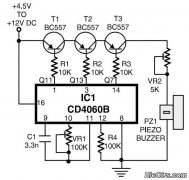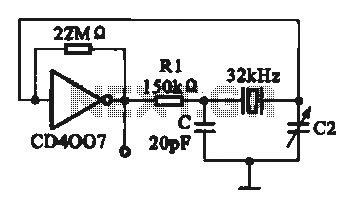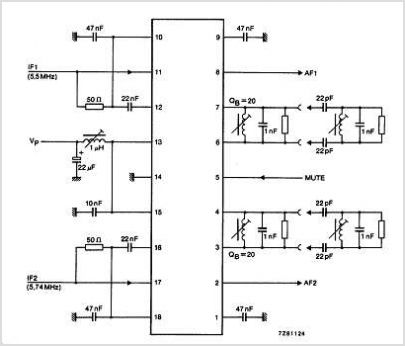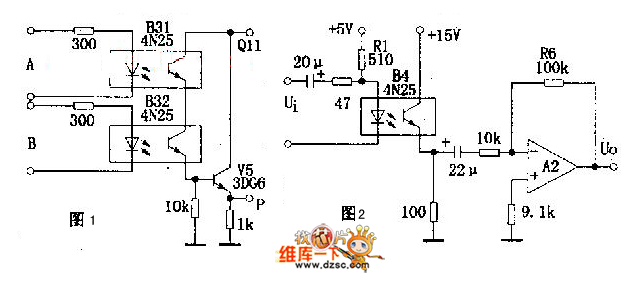
Timing doorbell circuit diagram with CW9300
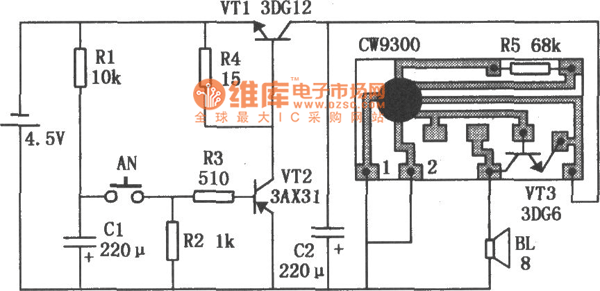
The timing doorbell circuit utilizing the CW9300 is depicted in the provided diagram. This circuit features a timing function that, upon pressing the button, plays music for a specified duration. If the button is pressed again immediately after releasing it, the doorbell will not activate.
The timing doorbell circuit is designed to provide a user-friendly auditory notification system. The CW9300 integrated circuit serves as the core component, managing the timing and audio playback functions. When the button is pressed, the circuit initiates a timing sequence, allowing the user to hear a melody or sound for a predetermined number of seconds. This duration can typically be adjusted based on the specific requirements of the installation.
The circuit includes a push-button switch that serves as the input trigger for the system. Upon activation, the CW9300 generates a signal to drive a speaker or buzzer, producing the desired sound. The timing feature is crucial as it prevents the doorbell from ringing again if the button is pressed immediately after releasing it, thereby avoiding repetitive sounds that could be disruptive.
Additional components in the circuit may include resistors, capacitors, and possibly a diode, which help to manage the power supply and ensure stable operation. The power supply for the circuit can be derived from standard voltage sources, typically ranging from 5V to 12V, depending on the specifications of the CW9300 and the output device used.
Overall, the timing doorbell circuit with the CW9300 offers a reliable and efficient solution for doorbell applications, combining timing control with sound playback to enhance the user experience.Timing doorbell circuit with CW9300: As shown is Timing doorbell circuit diagram with CW9300. It has timing function, when we push the button,it will play musicforsome seconds, if we re-push the button immediately after loosing it, the doorbell will not ring either.. 🔗 External reference
The timing doorbell circuit is designed to provide a user-friendly auditory notification system. The CW9300 integrated circuit serves as the core component, managing the timing and audio playback functions. When the button is pressed, the circuit initiates a timing sequence, allowing the user to hear a melody or sound for a predetermined number of seconds. This duration can typically be adjusted based on the specific requirements of the installation.
The circuit includes a push-button switch that serves as the input trigger for the system. Upon activation, the CW9300 generates a signal to drive a speaker or buzzer, producing the desired sound. The timing feature is crucial as it prevents the doorbell from ringing again if the button is pressed immediately after releasing it, thereby avoiding repetitive sounds that could be disruptive.
Additional components in the circuit may include resistors, capacitors, and possibly a diode, which help to manage the power supply and ensure stable operation. The power supply for the circuit can be derived from standard voltage sources, typically ranging from 5V to 12V, depending on the specifications of the CW9300 and the output device used.
Overall, the timing doorbell circuit with the CW9300 offers a reliable and efficient solution for doorbell applications, combining timing control with sound playback to enhance the user experience.Timing doorbell circuit with CW9300: As shown is Timing doorbell circuit diagram with CW9300. It has timing function, when we push the button,it will play musicforsome seconds, if we re-push the button immediately after loosing it, the doorbell will not ring either.. 🔗 External reference


